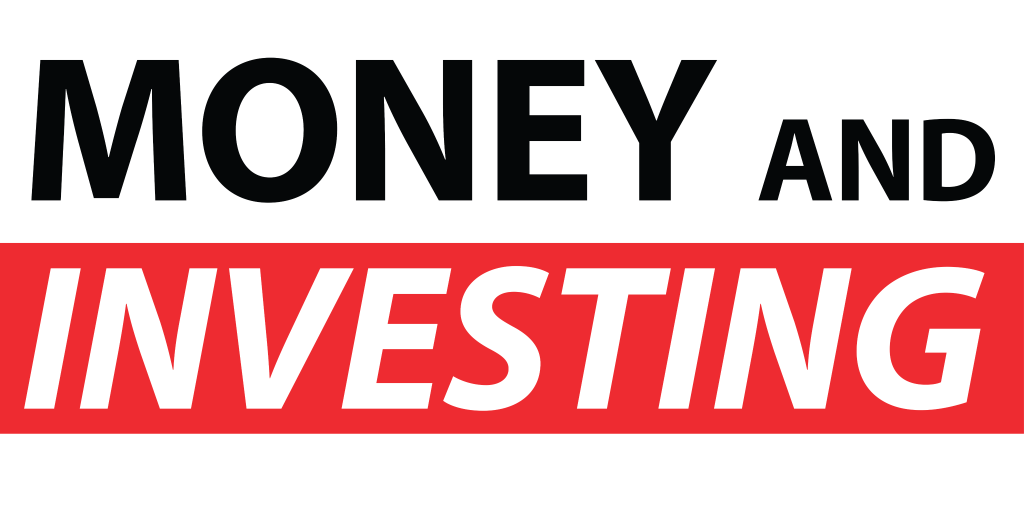Economic Outlook Analysis
As traders we are always looking into the future for opportunities we might be able to find. Join us this week as we dive into some analysis on the market and what we may see in 2023.
Inflation and Interest Rates
Inflation and interest rates have been the talk of the town for all of 2022 and will likely remain relevant in 2023. Massive government stimulus seen around the world throughout the pandemic. For the first time in 40 years we saw some extreme inflation accompanied by some serious interest rate increases. The rising cost of living, exacerbated with steep inflation has combined with the challenges of paying off loans at higher rates and we are now starting to see some cracks appear. Host Andrew Baxter notes that most people hear about inflation and assume it is merely economic jargon however it is noticeable at these levels and everything becomes that little bit more expensive with such high inflation.
Inflation Expectations
The Australian market typically follows the US market however recent actions from the central banks have varied slightly as well as some major data. Host Andrew Baxter has been a fan of Jerome Powell and the Federal Reserve’s communication with investors as to what they are looking to do and clearly signposting interest rate increases. The RBA in Australia has not been so organised and have not communicated their intentions with investors well at all. In both cases, Andrew predicts we should see interest rates continue to rise – at least through the early stages of the year and potentially on the smaller side compared to what we have seen over the last few months.
The Housing Market
Host Andrew Baxter has some predictions about the housing market and what we can expect in 2023. Interestingly in the US, a large portion of home owners are on long-term fixed rate mortgages and have not felt the full force of the interest rate increases on their mortgage repayments. Conversely, many Australians are facing more expensive mortgage repayments due to their variable rate status on their mortgages. This provides a bit of a buffer for the US economy whereas Australians paying far more on their mortgages are more likely to need to sell their homes. The US property market has seen a higher standard of lending as well following the calamity in 2008. Overall, you may see housing activity slowdown a bit in 2023 and some potential decreases in price as well. That said, it should not be quite as bad as the consequences of the global financial crisis.
The Jobs Market
Andrew believes a slowdown in the jobs market is likely. Many people think pay rises are the solution for those that are struggling but the reality is that if employers need to pay staff more they then need to charge higher prices and simply pass on the cost to the consumer. There is always an expectation that businesses will show strong profits and overall growth but it is not always possible for businesses to flourish when the government is imposing higher costs across the board. The tech sector has already shown some signs of layoffs in the US and this is set to reverberate into the Aussie market at some point, perhaps not to the same point.
The Currency Market
The US dollar has been a big story of 2022 and it has strengthened significantly throughout a period of increasing interest rates. Host Andrew Baxter notes that the strength in the US dollar stems from higher interest rates. With the interest rate increases set to slow down in the US, we may begin to see the US dollar return after reaching about 20% higher against other major currencies. The Aussie dollar should also be a beneficiary as the US dollar weakens a bit over the next 12 months.



